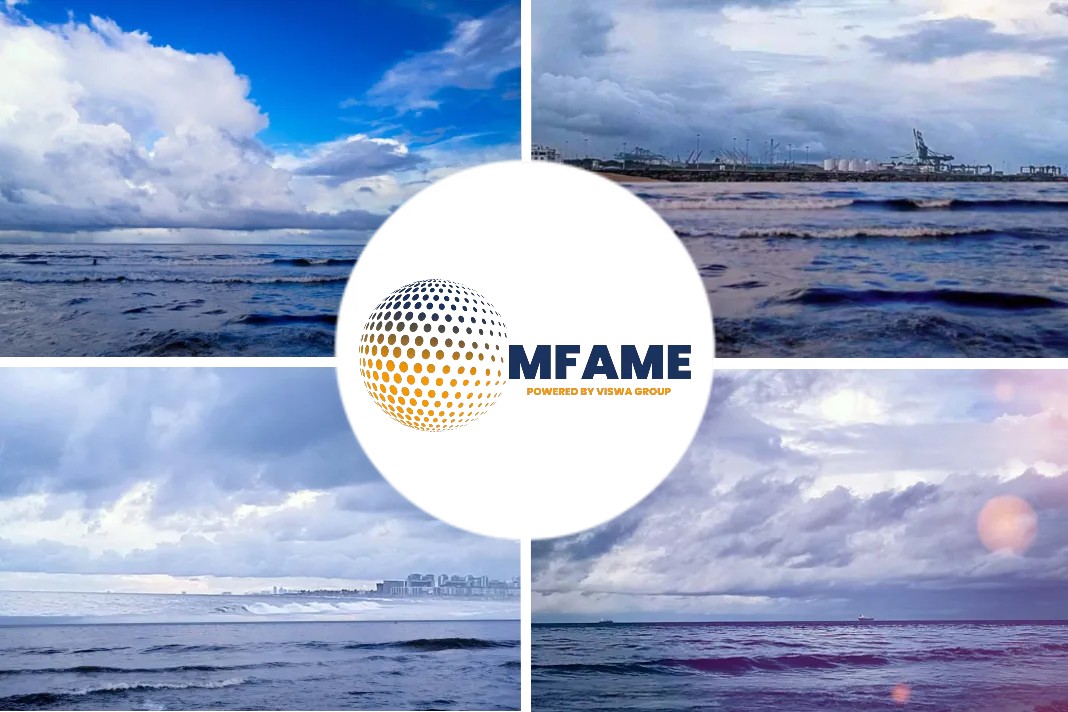- Low sulfur fuel oil bunker sales lowest since IMO2020
- HSFO underperforms traders’ estimates, falls 17.7% on month
- March outlook bearish amid high outright prices
A recent news article published in the Platts states that Feb bunker sales fall for fourth straight month to 3.50 mil mt, according to Singapore Data.
Slip in Singapore bunker fuel sales
Bunker fuel sales in Singapore slipped 13.2% on the month, or 15% lower on the year, to 3.502 million mt in February, according to preliminary data by the Maritime and Port Authority of Singapore March 13.
Sales of all bunker grades in February marked double-digit declines from the previous month, the MPA data also showed, amid relatively subdued demand.
Sales of the International Maritime Organization-compliant grades, which include 100 CST, 180 CST, 380 CST and 500 CST bunker fuel, slipped 10.7% on the month to 2.287 million mt in February, lowest monthly sales since the IMO2020 mandate was instated.
Details of LSFO sales
LSFO sales accounted for 65.3% of the total, 1.8 percentage points above January but 0.9 percentage points lower on the year.
“Firmer outright prices led buyers to minimize LSFO bunker requirements and compare [prices] between port of calls. Lower LSFO sales was also expected as February was a shorter month with Lunar New Year festivities that could slow demand,” a Singapore-based bunker supplier said.
Delivered marine fuel 0.5%S price spreads between Singapore and Zhoushan widened to average $6.56/mt compared to the average of 2 cents/mt in January, according to the latest S&P Global Commodity Insights, and has averaged $7.11/mt over March 1-11.
Support for premiums of Singapore-delivered marine fuel
Less-than-ample availability of LSFO bunkers has supported the premiums of Singapore-delivered marine fuel 0.5%S amid intensifying competition from regional ports such as South Korea, Zhoushan, and Shanghai.
Sales of high sulfur bunker fuel, which includes 180 CST, 380 CST and 500 CST bunker fuel, fell 17.7% to a 20-month low of 924,200 mt in February, according to the MPA data.
The HSFO bunker sales figure was last recorded lower June 2020, at 803,600 mt, the data showed.
The consensus was for a 5%-10% drop on the month, according to traders polled by S&P Global, as Singapore-bound vessels nominated to receive HSFO bunkers were delayed at ports around China amid terminal congestions during the Lunar New Year holidays.
Stable HSFO demand
“HSFO demand seemed stable, as shipowners still have requirements. However, spot HSFO demand could fluctuate widely on a daily basis since February as prices become more volatile,” a second bunker supplier said March 14.
The number of bunker-only calls fell 10% on month to 2,805 in February, also a 13.4% decline from the previous year, MPA data showed.
Sales of low sulfur marine gasoil — which has a maximum sulfur content of 0.1% –marked the largest decline across all bunker grades, dropping 16.5% on month and 21.8% on year to 280,500 mt in February.
“Downstream demand is impacted as LSMGO prices kept rising and premiums gradually strengthened amid tighter cargo availability. On most days, some buyers were just shopping around to check prices,” a Singapore-based trader said.
Tepid outlook for March
Despite bunker suppliers’ best efforts to undercut the price competition to move LSFO volumes since February, buyers are likely to have minimized purchases in Singapore and increase volumes at regional ports where prices are lower, market sources said.
Amid a slowdown in demand for the IMO-compliant bunker fuel, downstream suppliers were forced to roll ex-wharf inventories into March despite the strong backwardation, according to local traders.
“As bunker prices entered four-digit territories, it is likely that some of March [LSFO] inventories could roll into April too,” a second trader said March 14.
Prices of Singapore-delivered marine fuel
Prices of Singapore-delivered marine fuel 0.5%S maintained record highs since February and broke the $1,000/mt mark on March 9, before eventually backing down to $900/mt March 11, S&P Global data showed.
Higher oil prices and credit limitations are key factors that affect buyers’ appetite and impact the smaller independent players too, financial intermediaries and counterparties exercise more caution towards default risks, market sources said.
“Tanker freight rates have skyrocketed amid the geopolitical conflict… Shippers are also more reluctant to lift Russian oil as payment issues could arise due to the economic sanctions. This throws the economics of feedstock imports into doubt, and could impact fuel oil inventories at major ports,” a third trader said.
Did you subscribe to our daily Newsletter?
It’s Free! Click here to Subscribe
Source: Platts

























